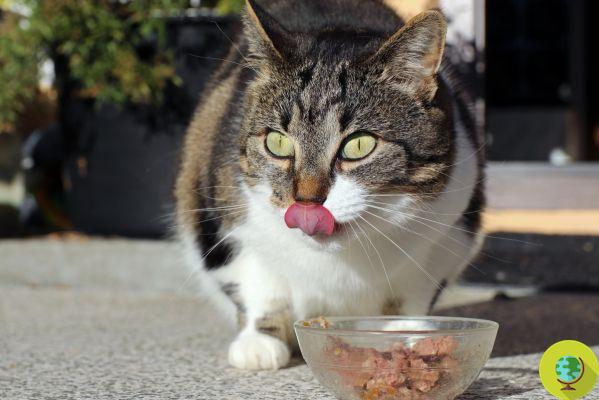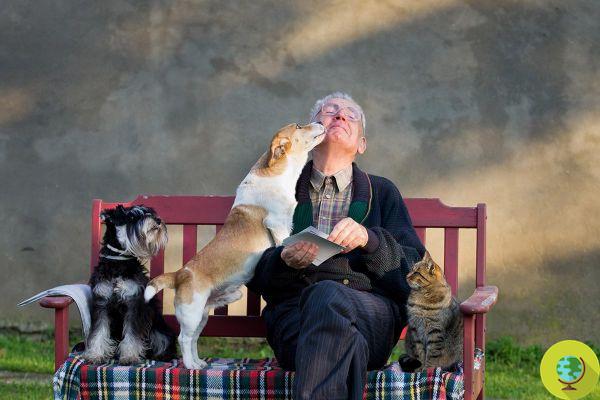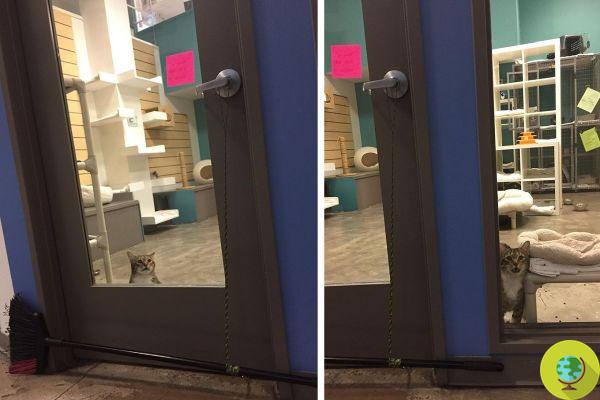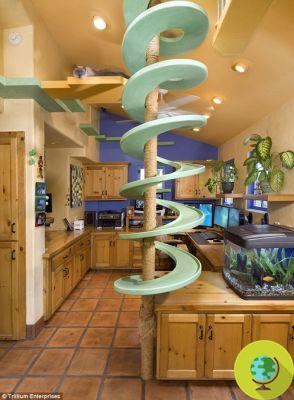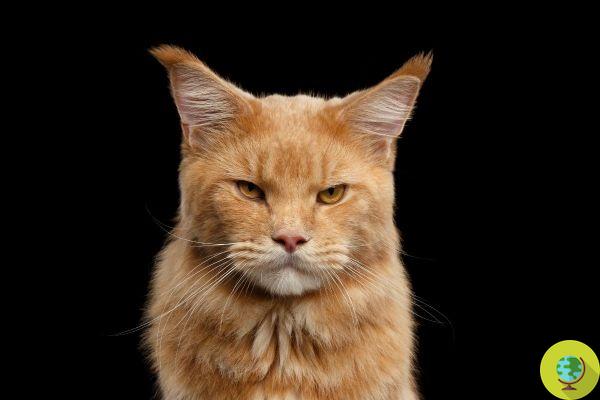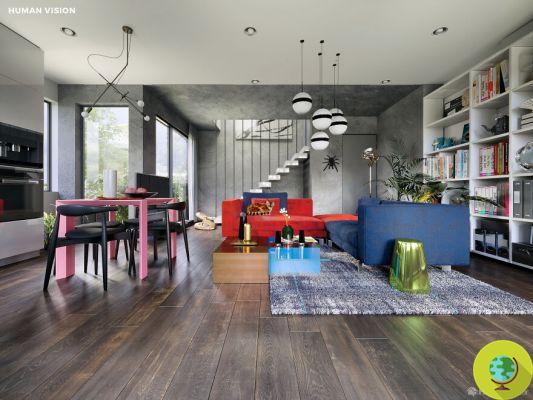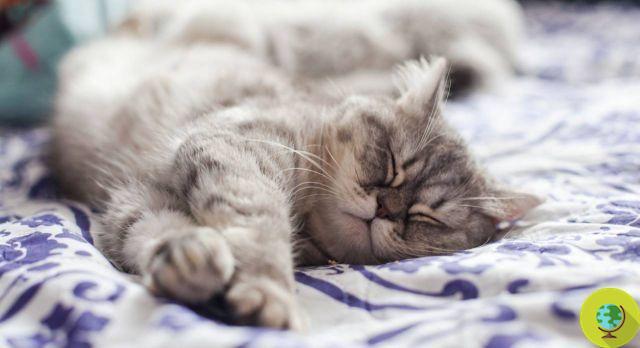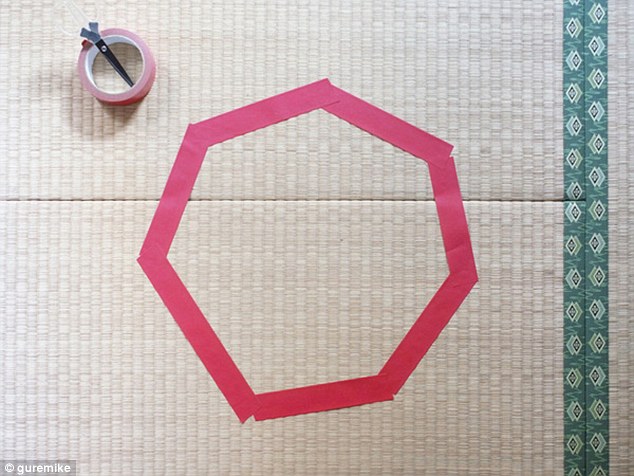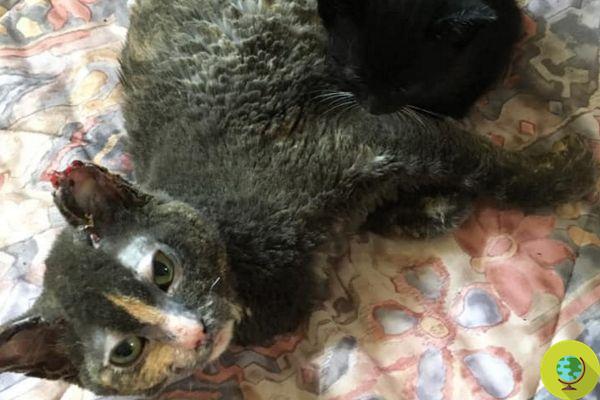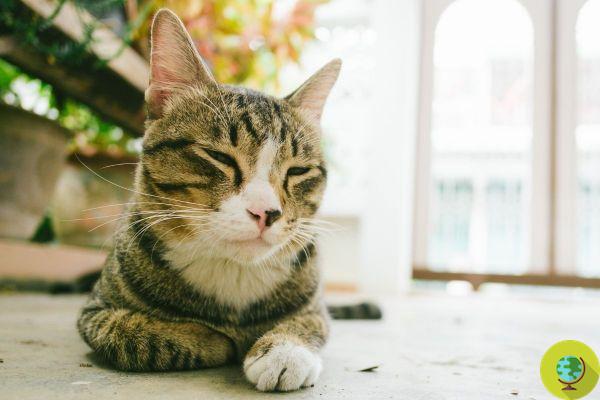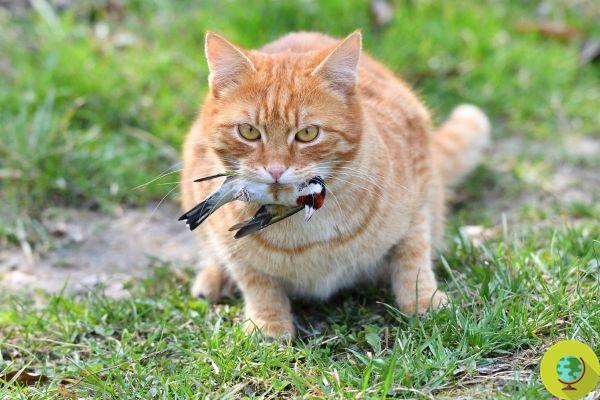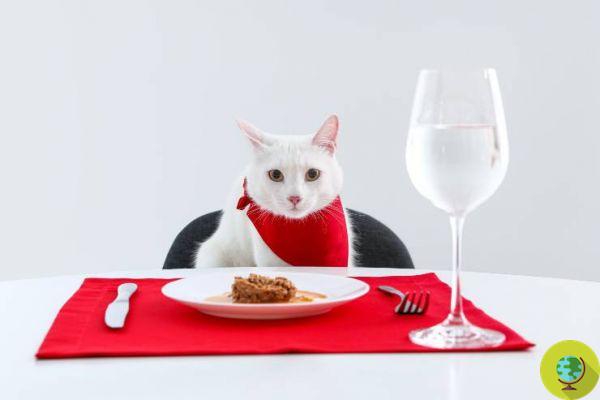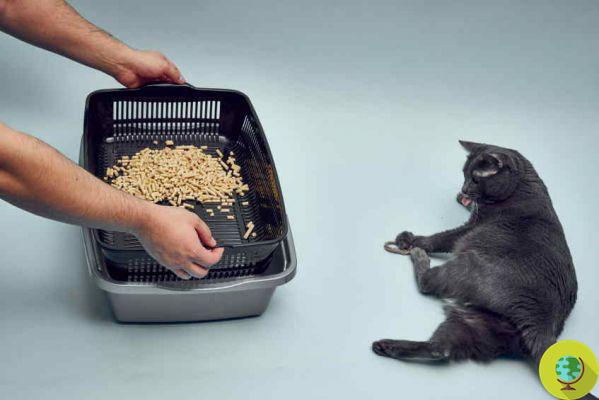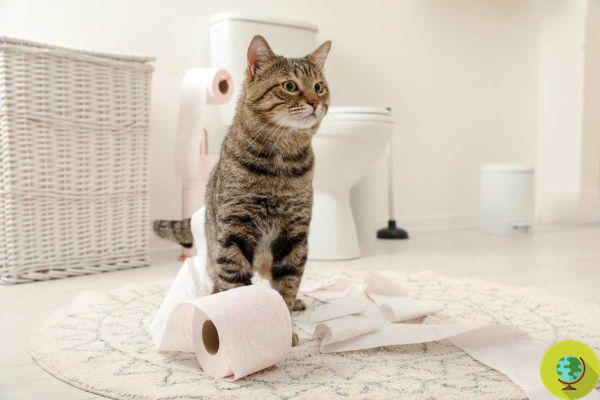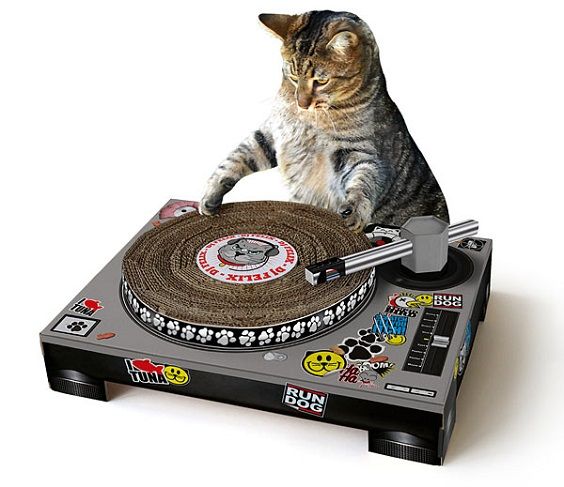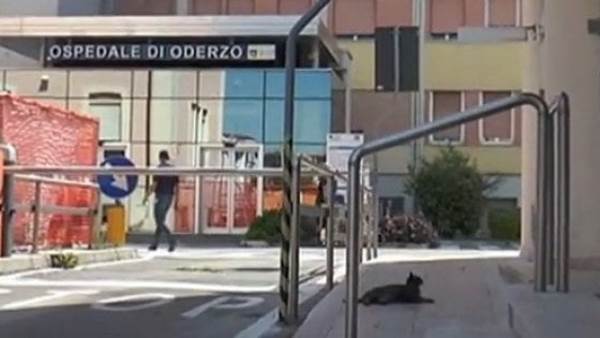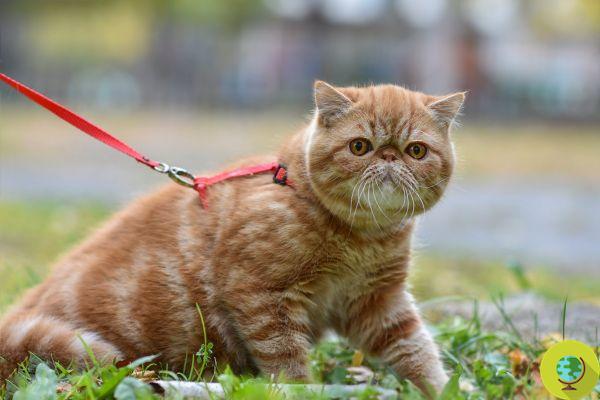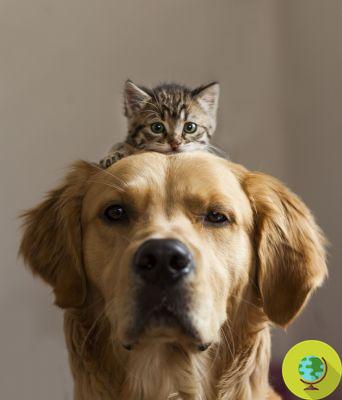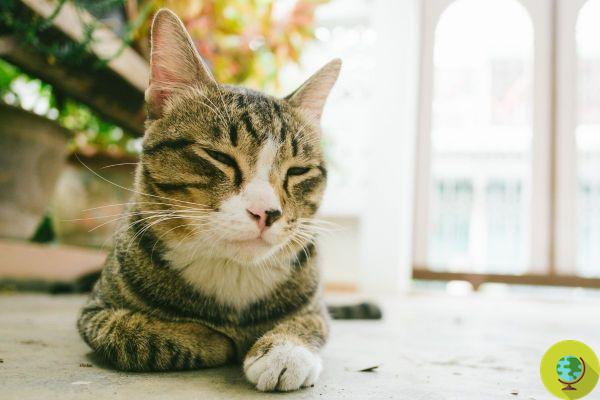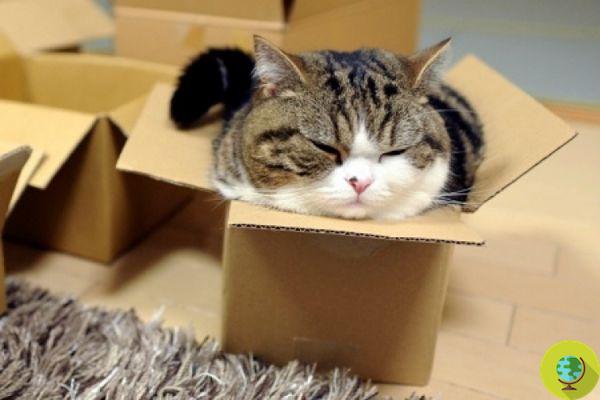
Cats love to be in boxes, and it doesn't matter if these are real or just drawn on the floor. A new study proves this
Cats love to be in boxes, and it doesn't matter if these are real or just drawn on the floor. A new US study (which involved more than 500 felines along with their owners) proves this, opening new questions about the intelligence of these little friends.
Our beloved felines always leave us in awe of their intelligence - they can bring back objects, open doors, juggle obstacles and even understand elementary commands. Anyone living with a cat is used to his obsessions - first of all that of sitting in tight spaces, like boxes.
A study has shown that this also applies to a simple two-dimensional square drawn on the floor, paving the way for further investigation into the mysteries of the feline mind. This is because their brains perceive space as closed, even if only on a two-dimensional level, due to an optical illusion. Such illusions occur when the brain adapts visual information to preconceptions, possibly to fill in missing information. This skill is useful for identifying predators or prey obscured by foliage. This also explains why cats enter circles.
(Read: Cats love to hide in boxes for a very specific reason (which you may not know))
The study was conducted by a team of New York University researchers and involved around 500 volunteers, who created the experiment in their own homes.
They arranged several figures on the floor for their feline friends to choose - a square drawn with the ribbon, a Kanizsa square (a square not really drawn, in which only the corners are sketched by means of parts of a circle) and the elements of the latter not willing to form a square. Then they filmed the felines 'reaction under specific conditions to avoid influencing the animals' choices (for example, wearing sunglasses to prevent their gaze from influencing the choice of the cat).
So pleased to announce that my paper, "If I Fits I Sits: A Citizen Science Investigation into Illusory Contour Susceptibility in Domestic Cats (Felis silvestris catus) has just been published in AABS! #IfIFitsISits #CatSquare #CitizenScience #CommunityScience pic.twitter.com/AXbDttnOGC
— Gabriella E. Smith M.A. (@Explanimals) May 4, 2021
The results were astonishing. The cats sat both in the actual squares, made with the ribbon, and in those only sketched with the four corner elements, demonstrating a susceptibility to illusory contours and supporting the hypothesis of scientists that felines consider an illusory square as well. of a real square.
Obviously, this is not always the case: the results of the experiment were also influenced by the size of the squares drawn on the ground and the familiarity that the animals had with the environment of the experiment - the latter being an important detail, because cats generally they suffer from an unfamiliar environment (for example a laboratory) and therefore tend to show their natural behavior when they feel at home.
But why do cats so love to curl up in boxes (true or illusory)? According to scientists, cats would feel safer, calmer and more comfortable when crouched in tight spaces. The boxes therefore offer real psychosomatic comfort, not only to the smallest kittens but also to adult cats.
Fonte: Science Direct
Read all our cat news
We also recommend:
- In order not to make your cat hate you, you absolutely must avoid doing these 6 things
- How much and how do cats sleep?




